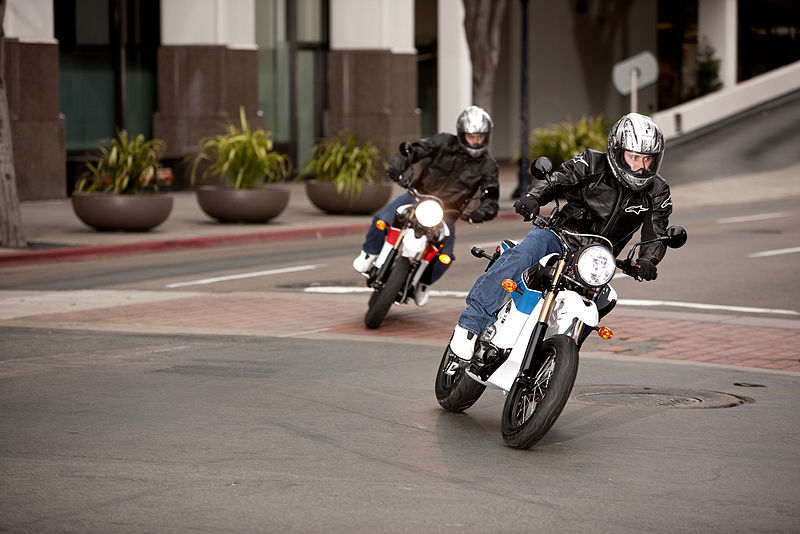
Sacramento and Amsterdam may be 5,374 miles apart as Boeing flies, but they’ve been collaborating on climate, energy, and sustainable transportation since 2013, most recently in the zero-emission vehicle (ZEV) movement. The Netherlands claims to have 5 percent of those vehicles sold worldwide, and California holds one of every six. The rest might be in Québec, which joined the alliance this month to accelerate the global adoption of electric-drive vehicles.
Adopting battery-electric, plug-in hybrid, and fuel-cell electric cars and trucks can improve air quality, limit climate change, end oil dependence, and grow a low-carbon economy, states the California Environmental Protection Agency. Together, California and Québec have developed the Western Climate Initiative carbon market since 2008, and their cap-and-trade programs officially began to trade in January 2014. That joint effort was expanded in December to include sharing best practices in the evolving technology businesses.
“The deployment of ZEVs is one of Québec’s main strategies to reduce its carbon footprint in the transportation sector. It also represents interesting opportunities for Québec businesses which have a solid expertise on EV batteries, electric motorization, charging stations, and other components of ZEVs,” said David Heurtel, Québec’s minister for Sustainable Development, the Environment and the Fight against Climate Change.
California joined with several New England states and Oregon to form the Multi-State ZEV Action Plan to encourage fleets to use ZEVs, and to plan and invest in the needed charging stations. California has the goal of 1.5 million ZEVs on its roads by 2025.
With the world’s largest network of public electric-vehicle charging stations, the Netherlands has started working with California to jumpstart a similar U.S. program through the Coast-to-Coast e-Mobility initiative. For its part, Québec has public charging stations throughout the province, spurred largely by government policies to buy such vehicles and install charging stations at home and at work, powered by Québec’s nearly 100 percent output from hydro and wind energy sources.



